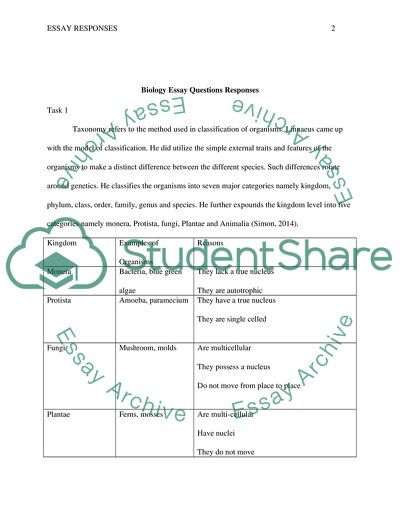Cite this document
(Biology Questions Essay Example | Topics and Well Written Essays - 2500 words - 2, n.d.)
Biology Questions Essay Example | Topics and Well Written Essays - 2500 words - 2. https://studentshare.org/biology/1837207-essays
Biology Questions Essay Example | Topics and Well Written Essays - 2500 words - 2. https://studentshare.org/biology/1837207-essays
(Biology Questions Essay Example | Topics and Well Written Essays - 2500 Words - 2)
Biology Questions Essay Example | Topics and Well Written Essays - 2500 Words - 2. https://studentshare.org/biology/1837207-essays.
Biology Questions Essay Example | Topics and Well Written Essays - 2500 Words - 2. https://studentshare.org/biology/1837207-essays.
“Biology Questions Essay Example | Topics and Well Written Essays - 2500 Words - 2”. https://studentshare.org/biology/1837207-essays.


